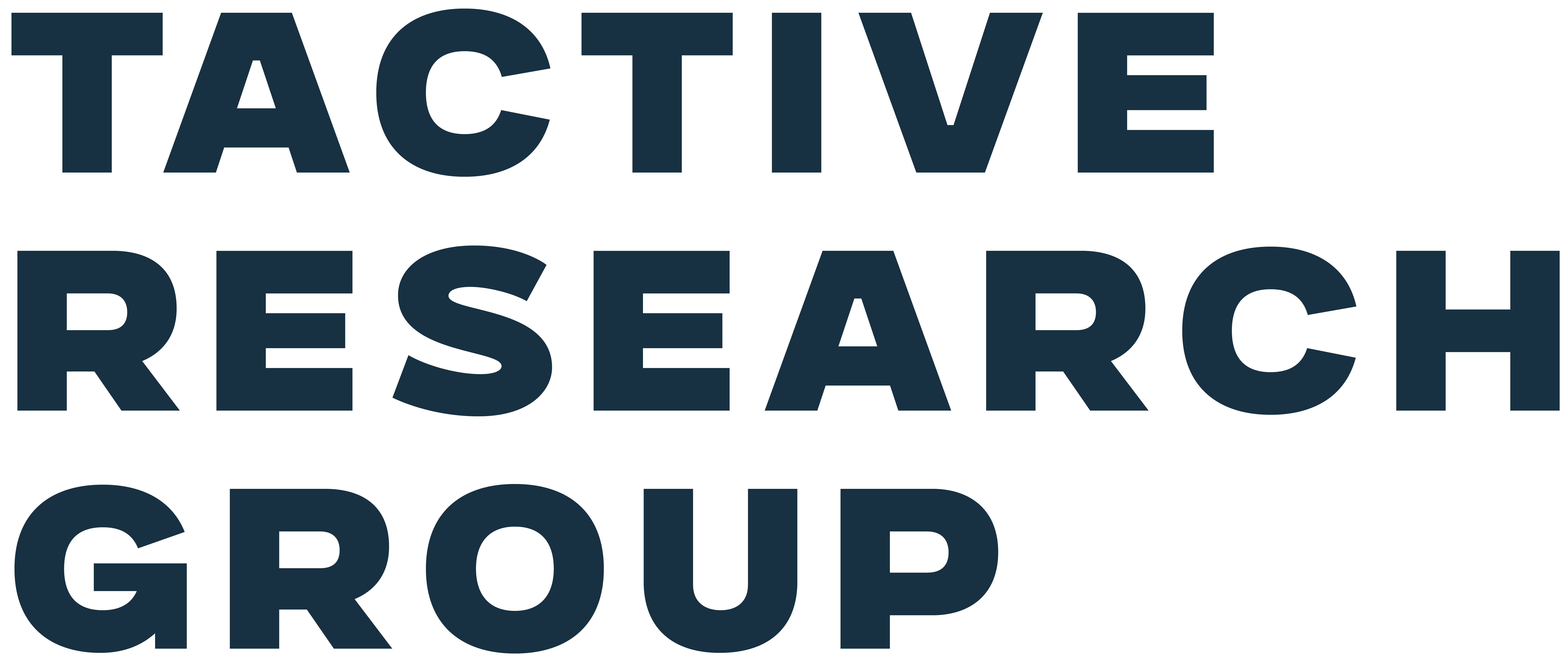Cloud computing has revolutionized business operations by offering unparalleled scalability, cost savings, and flexibility. SMEs have embraced the cloud to stay competitive in a rapidly evolving market, but many do not focus on optimizing and monitoring the performance of cloud-based applications after deployment. This leads to challenges such as latency, downtime, and resource inefficiency worsening over time. Ensuring low latency for cloud-based applications is essential, directly impacting customer conversion, satisfaction, and retention. A delay of just one second in a website's loading time can lead to a 7% drop in conversion rates. Implementing cloud performance engineering practices can also reduce operational costs by optimizing resource utilization and eliminating unnecessary expenditure on over-provisioned infrastructure. As businesses continue to migrate to the cloud, their next step should be cloud performance engineering. This ensures that applications run efficiently under varied conditions and traffic loads …

